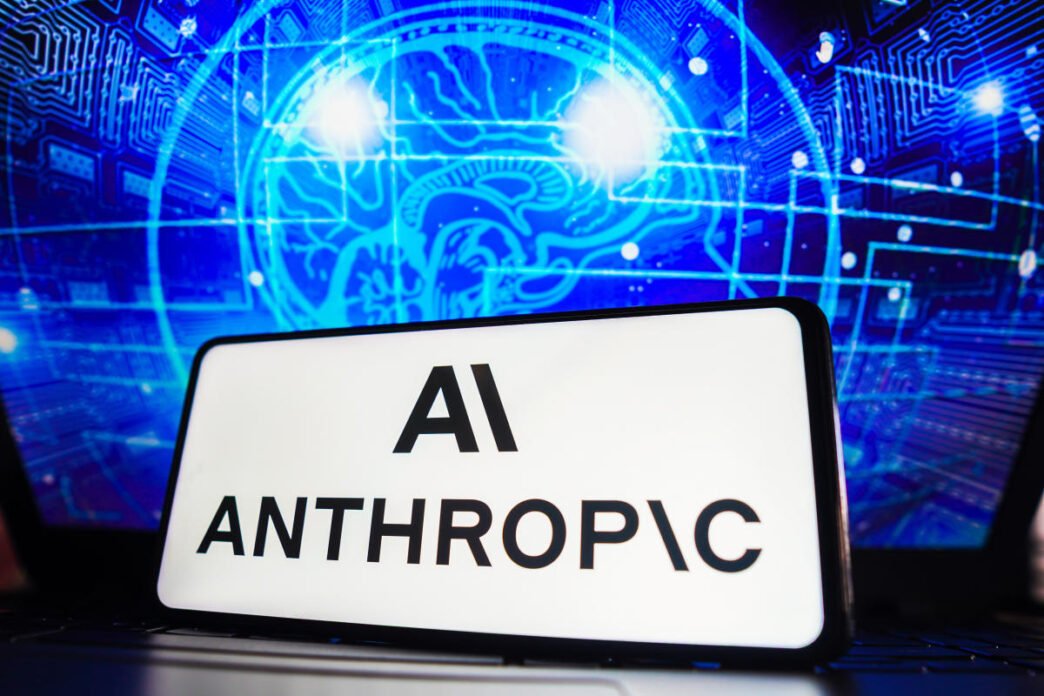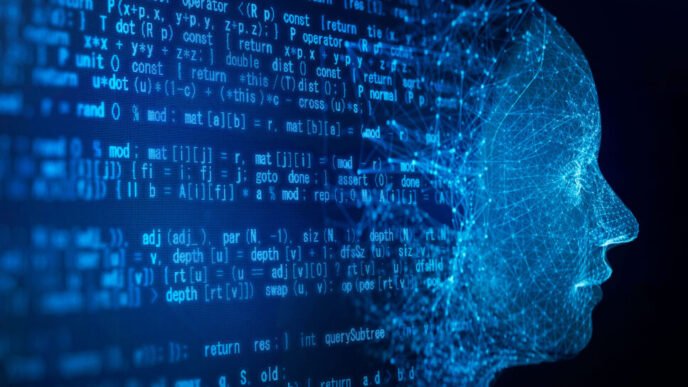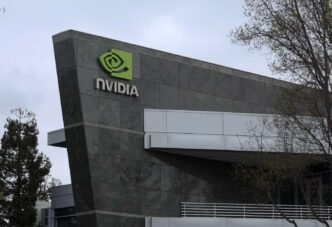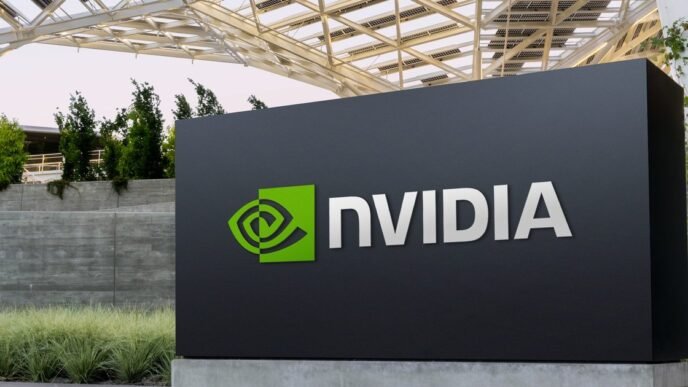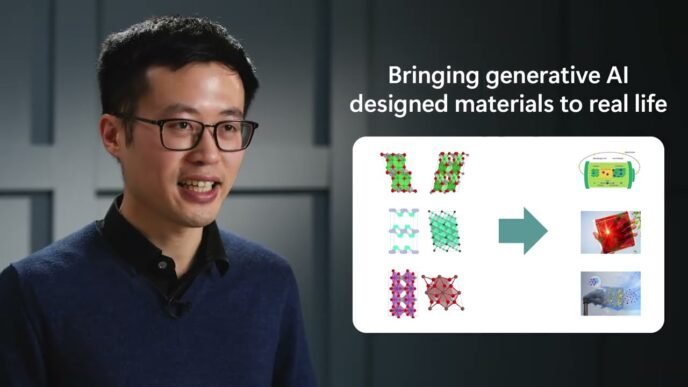The hottest trend in artificial intelligence (AI) is the rise of agents—AI systems designed to independently execute complex tasks with minimal supervision. From Google DeepMind to OpenAI to Anthropic, top tech firms are racing to advance these systems, often referred to as “agentic AI.” This trend has captured the imagination of Silicon Valley, with companies like Nvidia and Salesforce predicting these technologies will redefine industries.
“By 2025, we may see the first AI agents ‘join the workforce’ and significantly transform company outputs,” said OpenAI’s Sam Altman in a recent blog post.
What Are AI Agents?
At their core, AI agents are software systems capable of performing tasks autonomously. Their effectiveness depends on their intelligence and the complexity of the tasks they tackle. Today, large language models (LLMs) such as Claude and GPT-4 are the driving force behind agents, enabling them to:
- Fill out forms.
- Organize data.
- Conduct online research.
- Summarize findings.
In October, Anthropic introduced a groundbreaking advancement in agentic AI: a tool enabling its Claude language model to use computers like humans. This feature allows Claude to navigate interfaces, click buttons, and type text. While still in its experimental phase, this technology has attracted early testers, including DoorDash, Canva, and Asana.
To uncover the future of AI agents, MIT Technology Review interviewed Jared Kaplan, Anthropic’s cofounder and chief scientist. Here are his insights into how agents will evolve by 2025.
1. Improved Tool Usage
Agents will excel at leveraging diverse tools and environments.
Jared Kaplan highlights two key dimensions of AI capability:
- Task complexity: As AI systems become smarter, they can handle increasingly intricate tasks.
- Tool and environment adaptability: Beyond text-based prompts, agents are expanding into multimodal tasks, including robotics and software interaction.
“Ten years ago, systems like AlphaGo excelled at board games but were confined to narrow environments,” Kaplan explained. “With advancements in computer use, agents can now operate in dynamic scenarios, performing more complex and practical tasks. For instance, they can recognize when they’ve made a mistake or when user feedback is needed for high-stakes decisions.”
2. Enhanced Context Understanding
Agents will better understand user-specific contexts and constraints.
Kaplan emphasizes that future agents will:
- Analyze user documents, Slack messages, and other organizational data.
- Adapt to individual preferences and workflows.
- Apply reasoning only when necessary, avoiding inefficiencies.
“Claude will soon be able to learn what’s most useful for you by exploring your unique constraints and needs,” Kaplan said. “This ensures not only increased utility but also enhanced safety, as agents operate in alignment with user expectations.”
3. Advanced Coding Assistance
AI agents will revolutionize software development.
Kaplan sees significant advancements in coding tools. Early beta versions of computer-use functionalities have shown promising results. Companies like DoorDash and Canva are already experimenting with browser-based AI integrations.
“Developers are excited about using Claude 3.5 for coding tasks. It’s not just about autocompleting code anymore; agents now debug, run, and refine code in real-time,” Kaplan noted.
A recent survey by Stack Overflow revealed that 60% of developers use AI tools for coding tasks, underscoring the demand for intelligent coding assistants.
4. Prioritizing Safety
Ensuring the safety of agents will be paramount.
Anthropic’s mission revolves around developing AI responsibly. As agents become more integrated into work environments, potential risks—such as malicious misuse or prompt injection attacks—must be addressed.
What is Prompt Injection? Prompt injection involves feeding malicious commands into an AI system to exploit its functionality. For example, attackers could embed harmful instructions into websites, tricking agents like Claude into executing unintended actions.
“Prompt injection is a critical challenge we’re tackling. As AI systems scale, there’s a risk they could be misused for harmful purposes,” Kaplan said. “Our robust safety protocols aim to prevent such scenarios, ensuring agents remain secure and beneficial.”
To learn more about AI safety, explore this comprehensive guide.
5. Data Fusion for Smarter Agents
Combining diverse data sources will make agents more versatile.
Kaplan predicts that future agents will integrate:
- Sensor data: Captured during real-world tasks.
- Human teleoperation data: Insights from humans controlling robots or software.
- Publicly available media: Images, videos, and text data to enhance contextual understanding.
For example, to train an agent for dishwashing tasks, researchers could merge sensor data from individuals washing dishes, teleoperation logs, and online instructional videos. This multifaceted approach will enable agents to:
- Handle unpredictable scenarios.
- Adapt to various workflows.
- Anticipate user needs more accurately.
Real-World Applications of AI Agents
By 2025, AI agents will redefine industries with their capabilities. Here are some anticipated use cases:
| Industry | Application | Impact |
|---|---|---|
| Healthcare | Automated patient record updates | Increased efficiency and accuracy |
| E-commerce | Personalized shopping assistants | Enhanced user experience |
| Logistics | Route optimization tools | Reduced operational costs |
| Education | Virtual tutoring agents | Improved learning outcomes |
The Road Ahead
The journey to 2025 will be marked by groundbreaking advancements in agentic AI. From enhancing productivity to reshaping entire industries, these systems promise transformative potential. However, with great power comes great responsibility. As Kaplan reminds us, the focus must remain on ensuring safety and ethical use.
The rise of smarter, safer, and more capable agents is not just a technological shift—it’s the beginning of a new era in human-AI collaboration.
Also read:
New Anthropic Study Reveals AI’s Resistance to Change

